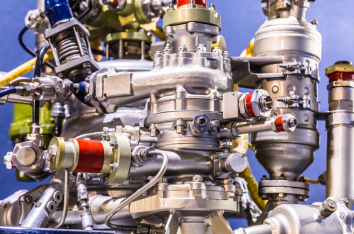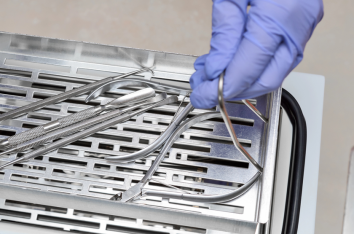Stamped parts leave the press carrying more than geometry. They bring drawing oils, fine particulates, metallic oxides, and shop dust, each a threat to coating, plating, sealing, or assembly. The goal isn’t a showroom shine; it’s a repeatable surface condition that supports downstream performance.
Here’s how to clean stamped metal parts with a disciplined mix of chemistry, mechanics, and process control.
Know the Soil, Match the Method
Start by identifying the primary contaminants. Petroleum-based stamping oils and EP additives demand solvency, while water-dispersible fluids and salts respond to detergent action. Mixed soils often benefit from a two-step sequence: break oils first, then lift particulates and ionic residues.
Tune choices to substrate: mild steel and stainless are forgiving; zinc, aluminum, and magnesium call for gentler pH and moderated temperature.
Vapor and Vacuum Degreasing
For oily stampings with tight features, vapor degreasers deliver fast, low-residue results. Pure solvent vapor condenses on cool parts, dissolves oils, and drains clean. Vacuum vapor systems take it further by evacuating air from blind features, pulling solvent deeply into seams and drawn cavities.
The outcome: dry, spot-free parts ready for measurement, coating, or storage, with short cycle times and consistent finishes.
Aqueous and Semi-Aqueous Lines
Water-based systems excel at particulate removal and water-dispersible soils. Detergents, heat, and agitation (spray-under-immersion or rotary motion) strip films and fines. Semi-aqueous blends pair solvency with water rinsing to widen the soil window, especially helpful on waxy or heavy lube loads.
Focus on rinse quality—closed-loop DI rinse and controlled conductivity keep residues low—and prioritize drying to avoid watermarking on sensitive alloys.
Ultrasonic Cleaning for Metals
Ultrasonic cleaners add powerful mechanical energy through cavitation, ideal for dislodging films from fine geometries, pierced holes, and shallow draws on metal parts. Results depend on frequency selection, power density, tank sizing, and robust filtration to remove dislodged fines.
Pair with compatible chemistries (aqueous, semi-aqueous, or solvent-rated systems) and finish with thorough drying.
Modified Alcohol and Hydrocarbon Systems
These chemistries dissolve heavy, petroleum-rich stamping lubricants and wax-like films, especially effective in sealed, vacuum-capable machines.
Integrated distillation and filtration maintain bath quality, pushing stable results across long runs. They’re a strong match for steel and stainless, with case-by-case checks for polymer components on assemblies.
Fixturing and Part Presentation
Great chemistry can’t overcome poor presentation. Orient stampings to drain freely and expose flow paths into ribs, hems, and formed pockets.
Avoid deep stacks and tight nests that trap air and shade spray or cavitation. Consistent load patterns (spacing, mass, and orientation) stabilize flow, energy delivery, and drying, shrinking cycle time while lifting quality.
Drying That Truly Finishes the Job
Residual moisture or solvent undermines coatings and can spot sensitive surfaces. Choose drying that fits geometry: hot air impingement for open shapes; vacuum drying for hems, interlocks, and blind features; staged convection or IR to pull off bulk and finish dry. Interlocks on temperature and time help parts exit truly ready for downstream work.
Talk to the Stamping Cleanliness Specialists
Since 1920, Baron Blakeslee has designed and built industrial cleaning systems that power American-made and engineered production in Williamstown, WV. From vapor and vacuum degreasers to aqueous lines, modified alcohol/hydrocarbon systems, and ultrasonic cleaners, our portfolio covers standard and custom solutions for oils, fines, and complex geometries found in stamped metal parts.
We pair equipment with solvent recycling, automation, and application support to deliver consistent, low-residue results at scale. Have tight timelines, dense baskets, or coating-readiness specs? Contact us today, and let’s build the right process.




